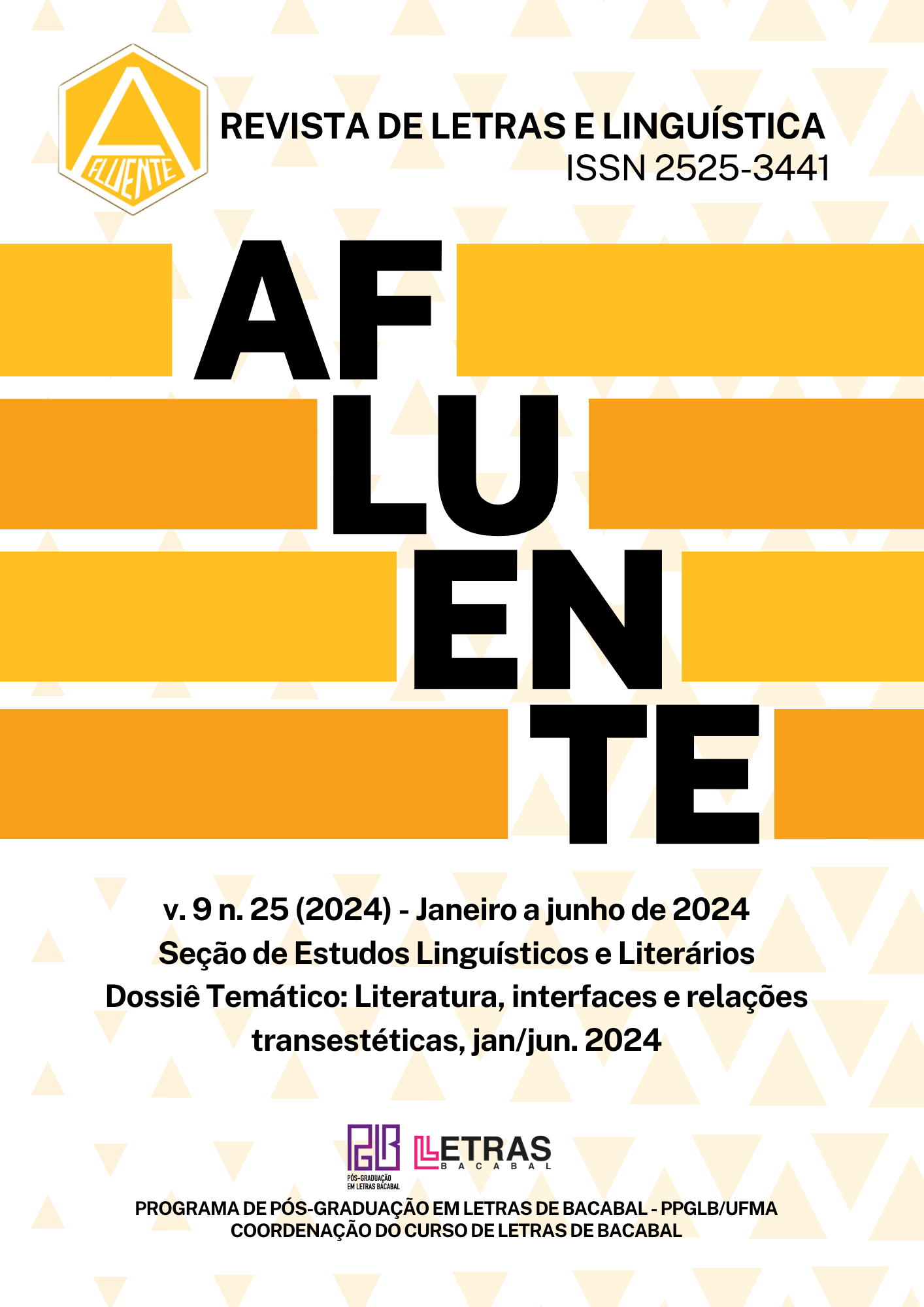Systemic-functional analysis of violence against women in reports
DOI:
https://doi.org/10.18764/2525-3441v9n25.2024.03Keywords:
Violence against women, Report, SociosemioticsAbstract
In this article, we critically and sociosemiotically analyze how semantic complexes represent violence against women in the journalistic genre of reporting. The data is qualitative-interpretative and is taken from two reports by women who had been assaulted by their ex-partners, published in a special online section of reports in Veja magazine in 2021. We draw on the contributions of Social Semiotics (Halliday; Hassan, 1989[1985]; Halliday (1985); Halliday; Matthiessen, 2014[2004]), which focuses on Systemic-Functional Linguistics, interspersed with Systemic-Functional Grammar, according to Halliday and Matthiessen (2014[2004]), with an emphasis on the Hallidayian extralinguistic level (contexts of culture and situation, highlighting the variables of register, field, relation and mode). In addition, we selected the ideational metafunction, which represents people acting in the world and on others, disclosing their experiences in the transitivity system. The conclusion we reach, based on the contexts of situation and culture, mirrored by the ideational metafunction is the persistence of patriarchal culture, which perpetuates gender inequality and violence, gender stereotypes rooted in culture, among others, highlighting the need to provide the social body with the ability to reflect and question on the subject and the importance of critical interpretation of interpersonal relationships.
Downloads
References
FUZER, Cristina; CABRAL, Sara Regina Scotta. Introdução à gramática
sistêmico-funcional em língua portuguesa. São Paulo: Mercado de Letras, 2014.
HALLIDAY, Michael Alexander Kirkwood; HASAN, Ruqaiya. Language, context,
and text: aspects of language in a social-semiotic perspective. Oxford: Oxford
University Press, 1989[1985].
HALLIDAY, Michael Alexander Kirkwood; MATTHIESSEN, Christian Matthias
Ingemar Martin. An introduction to functional grammar. 3th ed. London: Hodder
Arnold, 2004.
HALLIDAY, Michael Alexander Kirkwood; MATTHIESSEN, Christian Matthias
Ingemar Martin. Halliday,s introduction to functional grammar. 4th ed. London:
Routledge, 2014.
MATTHIESSEN, Christian Matthias Ingemar Martin et.al. SAL – A sistêmica
através das línguas. Projeto de pesquisa. São Paulo:PUCSP, 2010.
KRESS, Gunther; VAN LEEUWEN, T. Reading images: the grammar of visual
design. 3th. London: Routledge, 2021 [1996].
REVISTA VEJA on-line. Dez vítimas por dia. Edição nº 2674. Disponível em
https://veja.abril.com.br/brasil/as-vitimas-do-feminicidio-um-crime-que-cresce-aritmo-preocupante/ . Acesso em: 30 jul. de 2023.
Downloads
Published
How to Cite
Issue
Section
License
Copyright (c) 2024 Afluente: Revista de Letras e Linguística

This work is licensed under a Creative Commons Attribution 4.0 International License.
Direitos autorais Afluente: Revista Eletrônica de Letras e Linguística
Este trabalho está licenciado com uma Licença Creative Commons - Atribuição 4.0 Internacional.















